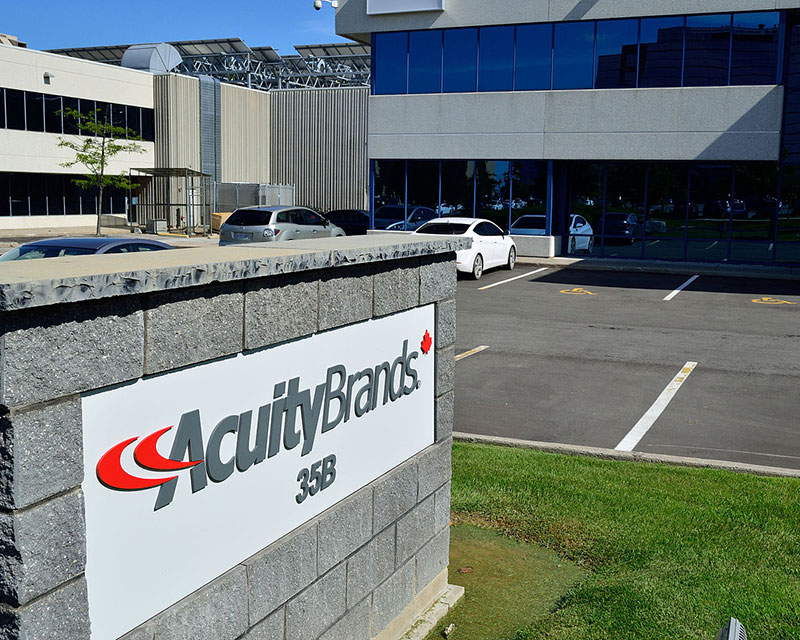
Acuity Brands, Inc. (NYSE: AYI) is the North American market leader and one of the world’s leading providers of lighting and building management solutions for commercial, institutional, industrial, infrastructure, and residential applications throughout North America and select international markets. With fiscal year 2016 net sales of $3.3 billion, Acuity Brands currently employs approximately 12,000 associates and is headquartered in Atlanta, Georgia with operations throughout North America, and in Europe and Asia.
The Company’s lighting and building management solutions vary from individual devices to intelligent network systems. Individual devices include luminaires, lighting controls, lighting components, controllers for various building systems (including HVAC, lighting, shades and access control), power supplies, and prismatic skylights. Among other benefits, intelligent network systems can optimize energy efficiency and comfort as well as enhance the occupant experience for various indoor and outdoor applications, all the while reducing operating costs. Additionally, the Company continues to expand its solutions portfolio, including software and services, to provide a host of other economic benefits resulting from data analytics that enables the “Internet of Things” ("IoT") and supports the advancement of smart buildings, smart cities, and the smart grid.
Its century of tradition, Its current financial strength and Its commitment to a sustainable future, provides it with an opportunity to grow, innovate and further capture the rapidly growing market opportunities before it.
At Acuity Brands, we are committed to sustainable business practices. Several examples of our accomplishments include:
Sunoptics Prismatic Skylights was founded in 1978 by Jerome (Jerry) Blomberg, formerly one of the owners and president of Blomberg Window Systems in Sacramento, California. He decided early on that daylighting was the easiest, most cost-effective way to save energy and at the same time improve lighting quality with full-spectrum natural sunlight.
His leadership included serving as president of the Glass Management Association of Superior California and national president of the then Architectural Aluminum Manufacturers Association, now the American Architectural Manufacturers Association (AAMA). As president of AAMA he organized “The National Fenestration Council” to lobby for the adoption of Building Energy Performance Standards (BEPS) as the national energy conservation standard as the alternate to prescriptive conservation standards, as proposed by the Ford Administration. President Ford signed BEPS into law in 1976 before he left office. Blomberg served as chairman of the Building Envelope Sub-Committee in the development of California's first Non-Residential Energy Efficiency Standards. This was before the California Energy Commission was legislated into existence.
Managing the available natural energy resources at the building was Blomberg's original goal to save energy. Daylighting with skylights gave the quickest return and had the best public acceptance, so that became the focus.
Blomberg contended that the single most significant way to achieve energy efficiency in buildings is daylighting to reduce baseline building energy use. PG&E's ACT2 Energy Efficiency Demonstration Project (Resources) validated that claim and convinced Blomberg he was in the right end of the energy reduction business.
Combining his expertise in window systems with his passion for energy reduction through daylighting, Blomberg focused his attention on perfecting skylight design.
In 1978, Sunoptics introduced the prismatic skylight, a unique concept in skylight optical design. At the same time, Sunoptics created the 800MD frame designed which eliminates the leak and condensation issues associated with standard industrial skylights. This new design, still in use today, helped Sunoptics offset the perceived negatives of standard industrial skylights.
Sunoptics has worked hard to become vertically integrated and today is the only skylight manufacturer that produces its product from the raw plastic through to the finished product. We continue to concentrate our education and sales efforts on those applications with the greatest potential for energy savings through daylighting.
In February of 2011, Sunoptics was acquired by Acuity Brands. "The entire Sunoptics team is pleased to join the Acuity Brands family," said Jim Blomberg, President of Sunoptics. "For a number of years, we have been integrating Acuity Brands' LC&D(TM) lighting controls products, enhancing the value of our prismatic skylight solutions. This combination is a natural next step in our relationship and an exciting opportunity to leverage Acuity Brands' strong lighting industry access to market, advanced technologies, and opportunities to integrate with LED lighting and intelligent controls. This will also support the continuing development of new and innovative lighting solutions for our customers," added Blomberg. (Acquisition Announcement)
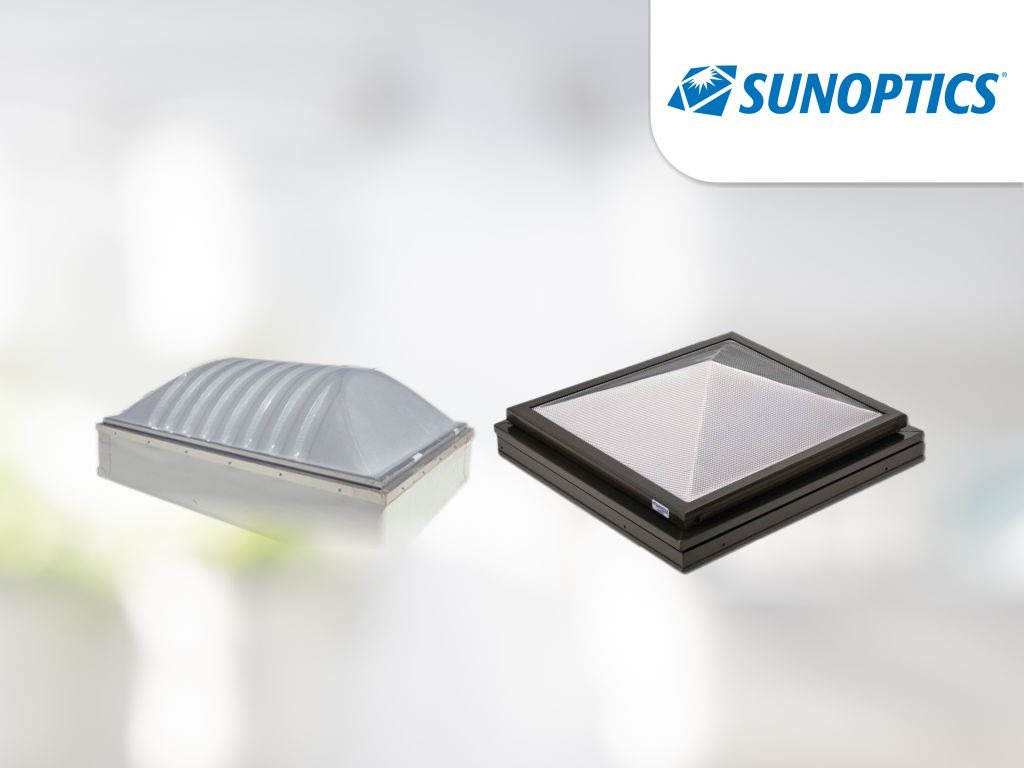

• Sunoptics Prismatic Skylights can replace electric lighting 70 to 80% of the daylight hours while producing much less heat than electric lighting.
• Sunoptics Prismatic Skylights can replace electric lighting for a fraction of the cost of enough solar photovoltaic panels to generate an equivalent amount of electricity (both use the same sun at the same high energy demand time of the day!)
• Sunoptics Prismatic Skylights provide 35% or more light transmission than competitive skylights, while providing 100% diffusion for glare-free, high-performance results.
• According to Jon McHugh, PE, LC, and Technical Director with the energy consulting and research firm, Heschong Mahone Group, Inc., America could reduce its peak load electrical demand by 24,000 megawatts just by daylighting existing buildings that make sense to daylight using toplighting or skylights. The savings is equal to twenty-four 1,000-megawatt nuclear power plants or forty eight 500 megawatt coal fired power plants, all at 1/20th the cost of solar photovoltaic panel arrays.
• By cutting demand for energy production, daylighting reduces greenhouse gases and the pollution of water and air—the by-products of generating electricity.
• A study initiated by the Pacific Gas & Electric Company showed that students with the most daylighting in their classrooms progressed 20% faster on math tests and 26% faster on reading tests in one year than those with the least.
In the retail setting, daylighting dramatically increased sales—one study showed a 40% increase in sales in daylighted stores when compared to identical non-daylighted stores.
• In study after study, daylighting is correlated to dramatic improvements in human performance in retail, workplace and educational facilities.
Daylighting provides superior quality, full-spectrum, flicker-free light that positively impacts behaviour. In study after study, daylighting is correlated to dramatic improvements in human performance in retail, workplace and educational facilities.
A study initiated by the Pacific Gas and Electric Company showed that students with the most daylighting in their classrooms progressed 20% faster on math tests and 26% faster on reading tests in one year than those with the least.
In the retail setting, daylighting dramatically increased sales—one study showed a 40% increase in sales in daylighted stores when compared to identical non-daylighted stores.
Daylighting can replace electric light 70% to 80% of daylight hours—in many cases, for less than $.015 per kWh over the life of the building. It is considerably cooler than electric lighting at the same foot candle levels, so it also reduces the cost to air condition buildings as well. This can mean tremendous energy savings in buildings that operate during the day, such as schools, offices, warehouses, factories and retail stores.
• Repay installation costs quickly—often in less than two years.
• Be installed in buildings to replace electric lighting for 1/20 of the cost of enough solar photovoltaic panels to generate an equivalent amount of electricity using the same sun at the same high energy demand times of the day.
• Replace electric lighting during the daylight hours for less than $.015 per kWh over the life of the building while reducing lamp and ballast replacement costs.
According to Jon McHugh, PE, LC and Technical Director with the energy consulting and research firm, Heschong Mahone Group, Inc., America could reduce its peak load electrical demand by 24,000 Megawatts just by daylighting existing buildings that make sense to daylight using top lighting or skylights. This is equal to the energy output of 24, 1000-Megawatt nuclear power plants or 48, 500-Megawatt coal fired power plants for 1/20th the cost of solar photovoltaic panels to create equal energy savings.
Daylighting a building properly is like adding an alternative energy power plant that produces zero carbon emission, something wind and solar cannot provide. Using more daylighting worldwide can help minimize the number of new coal fire electric-generating plants which make up 70% of all the energy produced in the United States.
Daylighting cuts energy use and pollution. Power plants fuelled by oil, coal and gas dump thousands of tons of pollutants into the environment every day. By cutting demand for energy production, we cut pollution, too. Over the long term, daylighting reduces greenhouse gases and the pollution of water and air—the by-products of generating electricity.
Together we can make a difference in building a sustainable energy future and an energy-independent America and a sustainable planet.
In multiple third-party tests, no other industrial / commercial skylight product has been able to beat Sunoptics on lighting performance and structural design.
The Sunoptics in-house Photometric Lab is available to our customers to verify the difference for themselves.
Sunoptics has always been committed to providing architects, building owners and lighting designers with the information they need to specify proper daylighting solutions. Accurate information is an essential tool for lighting design—and for end users—to know the results they can expect from our products.
Our customers rely on Sunoptics to help them quantify proper daylighting levels throughout their buildings. Because we eliminate any guesswork about product performance, it is easy to quantify the payback on your daylighting investment.
All Sunoptics photometric R&D is performed in our state-of-the-art, 21-station photometric lab. Using Konica-Minolta foot candle meters, we take an instant reading of how well the light is being spread under various types of glazing materials and dome shapes. As a company, we test extensively to make sure Sunoptics products not only meet our quality standards, but continue to set the industry standard. If we find that there are new materials or processes that would improve daylighting output and performance, we implement them. Sunoptics products have been widely tested in studies conducted by independent research organizations and energy organizations.
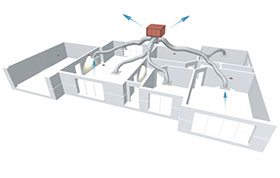
Use your CoolBreeze evaporative cooling system 365 days of the year. Only CoolBreeze cooling systems offer you this unique feature standard with every model. At the touch of a button, every outlet of your CoolBreeze evaporative A/C is transformed into a powerful extraction fan – clearing your entire home of stale air and unwanted odours. Use your CoolBreeze every day even in winter to freshen your home without the need to open windows to the cold outside even in winter to freshen your home without the need to open windows to the cold outside.
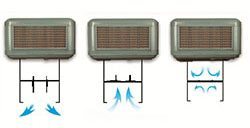
Automatically seals off airflow to and from your home when the air conditioning system is not operating. Prevents cold drafts entering your home as well as heat loss in winter through the ducting and air conditioning system.
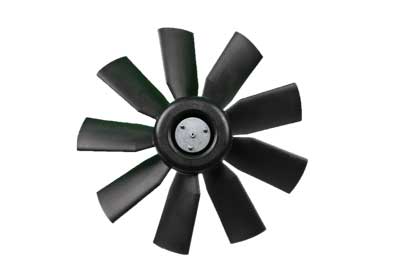
An efficient design coupled with noise absorbing polymer construction and our advanced fan technology, all combine to make CoolBreeze one of the quietest systems on the market today.
CoolBreeze technology has developed the quietest performing evaporative airconditioner available, without reducing the all-important airflow!
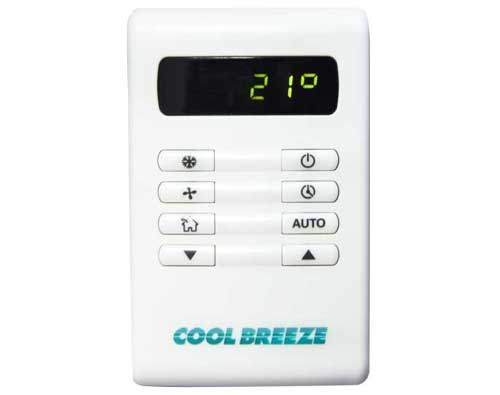
Another first for CoolBreeze was the introduction of electronic temperature control, currently available on the QA series controller.
Simply set your desired temperature and your CoolBreeze evaporative A/C will work to the best of its ability to keep your home at that temperature. The unit will even turn itself off at night and on again the following morning when it is in Automatic Temperature Mode.
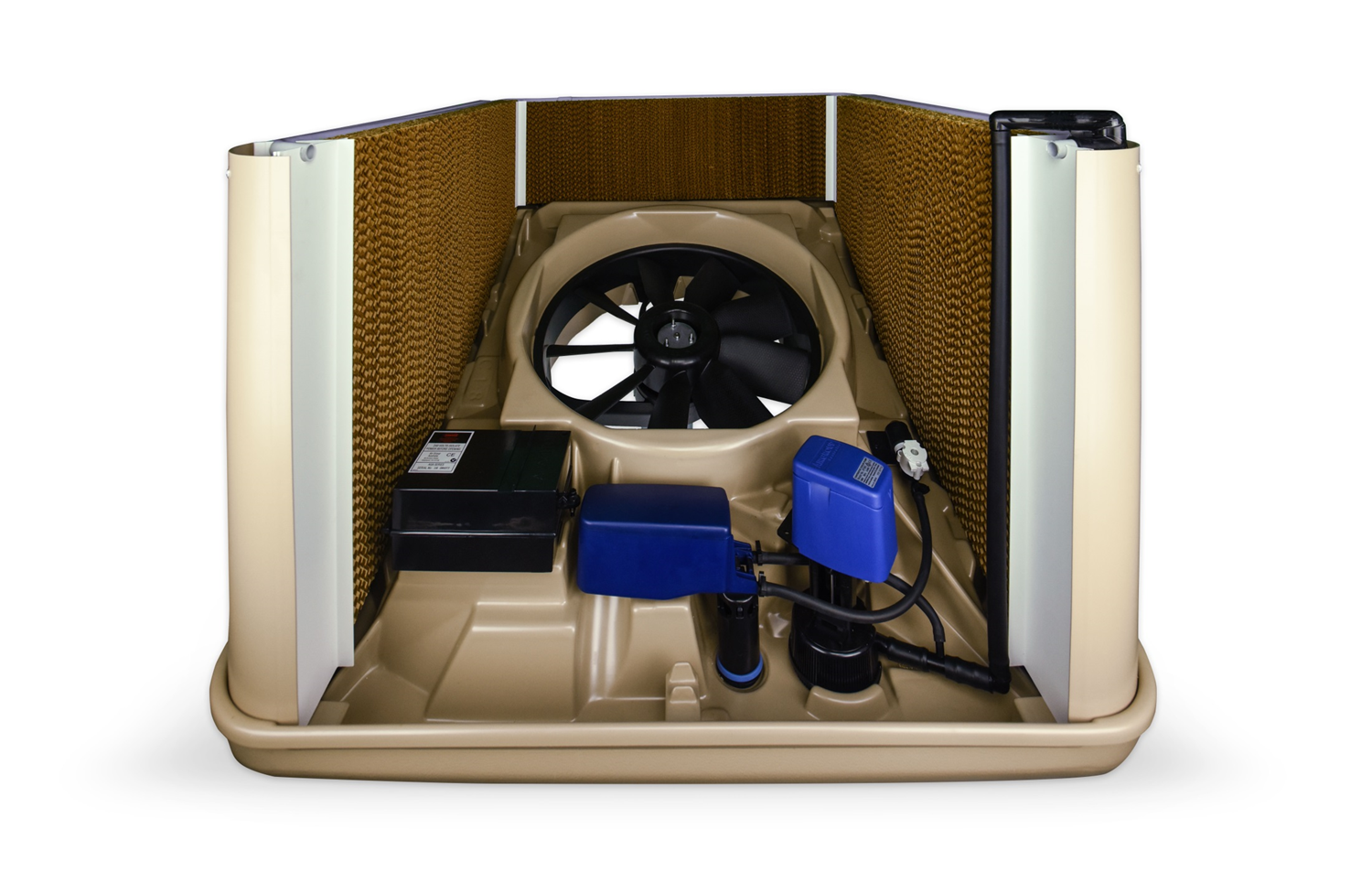
CoolBreeze were the first and are still the only air conditioning company to introduce a fully automatic, whole of unit, water management system to all their domestic systems. Outdated Bleed systems are not even available as an option.
Your CoolBreeze evaporative cooling system will be protected with the technologically advanced water management system reducing water usage and extending the life of the filter panels by removing deposit build-up. The Water Manager comes standard with every system. A unique wash, flush and drain cycle at the start of each day ensures a cleaner system requiring less maintenance.
When the unit is turned off it also performs the same automatic maintenance cycle to ensure all the contaminants filtered out of the air are flushed out of the system and then drains the water to ensure the water reservoir is dry when the unit is not in use. The technologically advanced water management system reduces water usage and extends the life of the filter panels by removing deposit build-up.
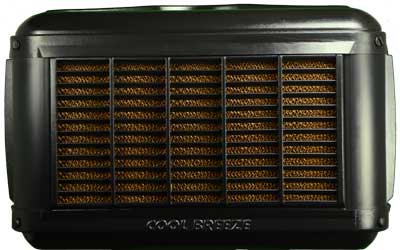
Premium grade and exceptionally tough polymer, it’s integral strength, resistance and durability to weathering, including UV degradation is unmatched by any other casing material.
There is absolutely no corrosion which is common in metal casings. Your CoolBreeze evaporative cooling system will not crack and it will never corrode, always performing as good as the day it was installed.
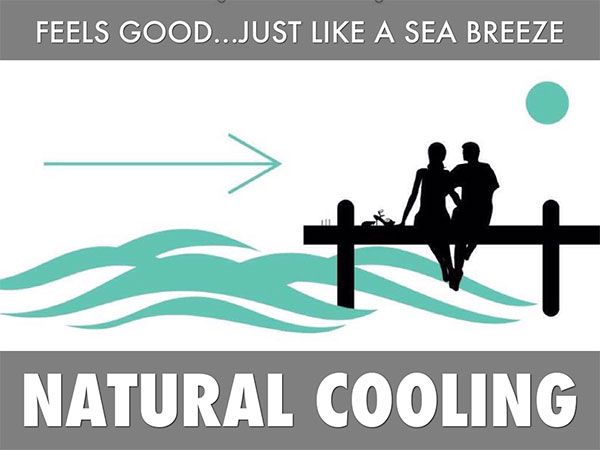
Evaporative Air Conditioning uses the natural process of evaporation to provide cool air throughout your home. The process is identical to a refreshing ‘sea breeze’ – as air is blown across the water it gives off its heat and we enjoy the cool air.
The temperature that we feel as a direct result of air movement across our body on a hot day is known as the effective temperature. An effective temperature should not be confused with the actual temperature that you would read from a thermometer.
When sensing a breeze, we feel colder even though the air stream produced by the breeze is the same temperature as the air. The cooling effect of air in motion is due to increased skin evaporation. Heat is removed from the body so you feel cooler.
By moving a large volume of cool air through the house, usually changing all the air 35 times per hour, the cool air removes the heat build-up in the walls and structure of the house itself. This provides a nice, comfortable home filled with fresh, filtered, cool air.
Unlike refrigerated air conditioning systems where the air is dried, chilled and re-circulated, evaporative systems use the natural element of water to cool the air. With evaporative cooling, the air is never re-circulated as stale air is constantly expelled through open doors and windows. Fresh, filtered air is always used to cool your home.
Normally heat radiates from the body out to surrounding walls and ceilings
As the temperature reaches 34o – 35o, heat is radiated back to the human body
Evaporative air conditioning prevents this by absorbing heat from walls/ceilings with a constant flow of cool air
The human body can then radiate heat and so feels cooler
An easy answer is to just “estimate” around 12 – 14-degree C temperature differential between inside your house to the outside temperature. But there is a bit more science to it! But there is a bit more science to it!
Dry Bulb Temperature (Tdb) – The ambient temperature taken with a standard thermometer
Wet Bulb Temperature (Twb) – The theoretical lowest temperature to which a given body of air can be cooled by evaporating water in it.
Wet bulb temperature is affected by humidity, height above sea level, dry bulb temp and a number of varying factors
Take the difference between the Dry Bulb and Wet Bulb temperatures (e.g. 38 – 21 = 17o)
Multiply this number (17o) x the cooling efficiency of the filter pads (usually about 80-85%)
17 x 80% = 13.6o
Subtract this number from the Dry Bulb temperature … 38o – 13.6o = 24.4o … and that’s the expected cooling ability.

Although evaporative air conditioners can make huge savings on energy costs compared to refrigerated air conditioning, it is important to note that not all evaporative air conditioners are equal.
The science behind evaporative air conditioners relies on two factors, the air flow and the volume of the cooling media or filter panels. If the filter panels are too small it doesn’t matter how much air you push through them, there just won’t be enough cooling. The reverse also is true, it doesn’t matter how big the filter panels are if you’re not moving enough air through them.
Testing has shown that CoolBreeze provides the most cooling ability of any residential evaporative unit on the market in Australia. But the surprising result of the testing was that CoolBreeze used less energy to achieve these results. That’s more cooling – less energy!
CoolBreeze features a unique ‘under-fan’ direct drive motor that enables a lower profile roof mounted cabinet and lower running costs compared to barrel type fans. This design allows for closer manufacturing tolerances resulting in quieter operation.
The direct drive motor does away with drive belts and pulleys that need regular adjustment and maintenance.
The “golf ball” like a dimpled surface of the Powerflow fan used on the larger CoolBreeze models ensures maximum airflow with minimum noise. CSIRO testing shows CoolBreeze to be one of the quietest brands on the market.
More cooling, less energy – that feels good!
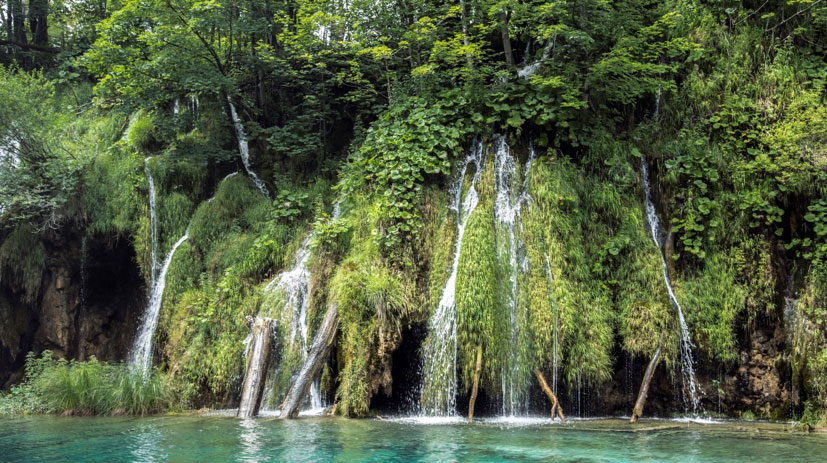
By introducing large volumes of fresh, cool, filtered air into your home, the CoolBreeze evaporative cooler maintains a healthy environment for your family in contrast to refrigerated air conditioners that re-circulate the same air over and over again.
CoolBreeze air conditioners are kind to the environment too. Our manufacturing plant in Perth WA, prides itself on its commitment to a program of “Recycle, Reduce and Reuse” to minimise our environmental impact.
The intelligent design of CoolBreeze evaporative coolers has resulted in a highly efficient product that excels in energy efficiency compared to other brands of evaporative coolers and absolutely puts energy hungry refrigerated systems in the shade.
The Australia Government website http://www.yourhome.gov.au/energy/heating-and-cooling states “However, [refrigerated systems] consume more energy and create more greenhouse gases than fans and efficient evaporative cooling systems”.
Minimal water usage made possible by the unique CoolBreeze Water Management System combined with a small water reservoir of only 11 litres is another way the CoolBreeze air-conditioners have less impact on our precious resources than comparable evaporative air conditioning units.